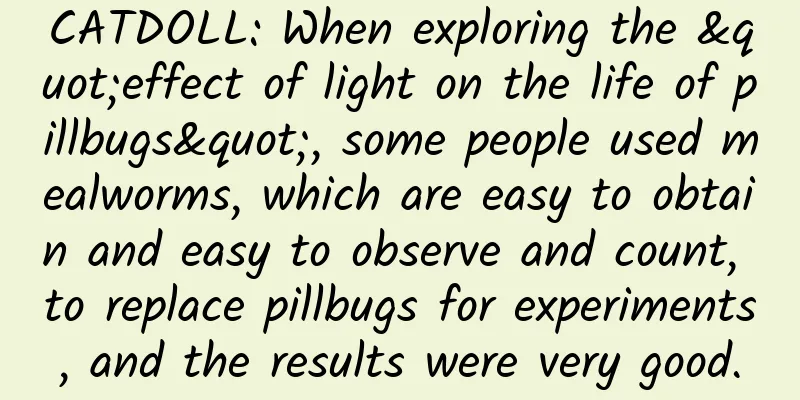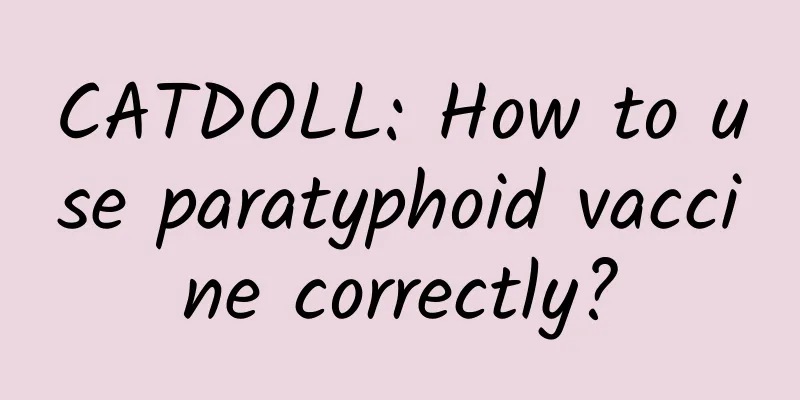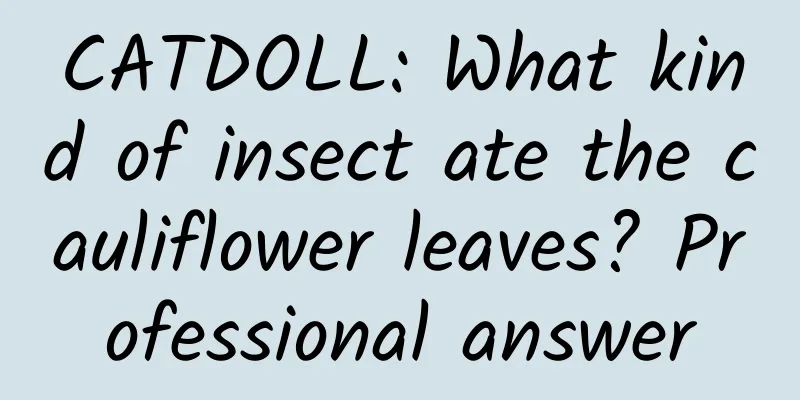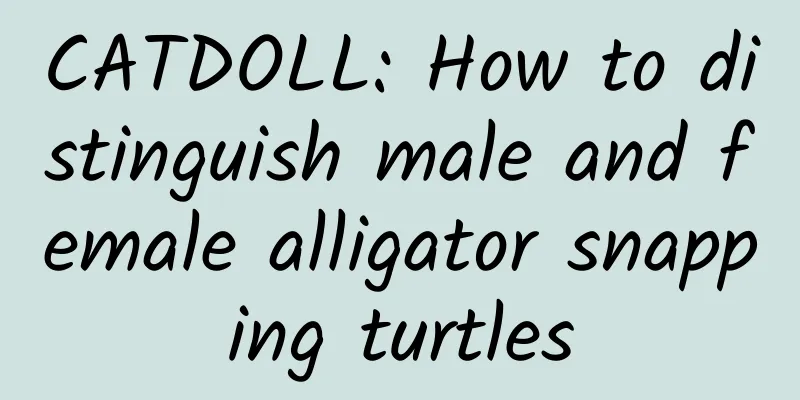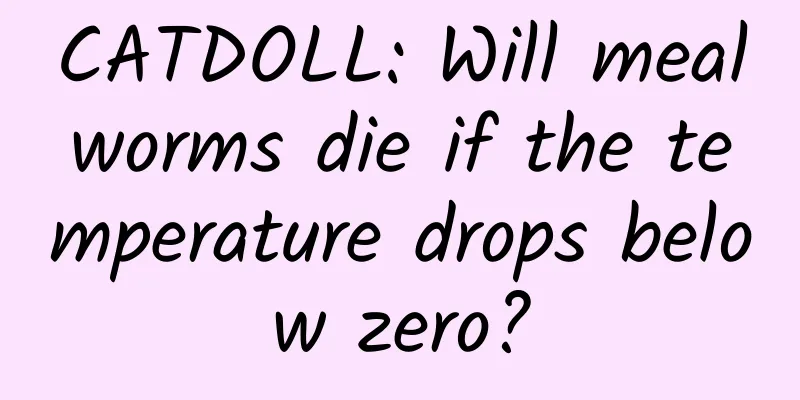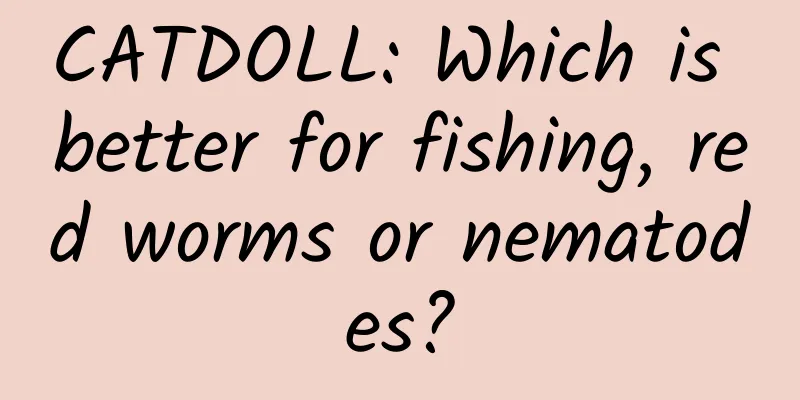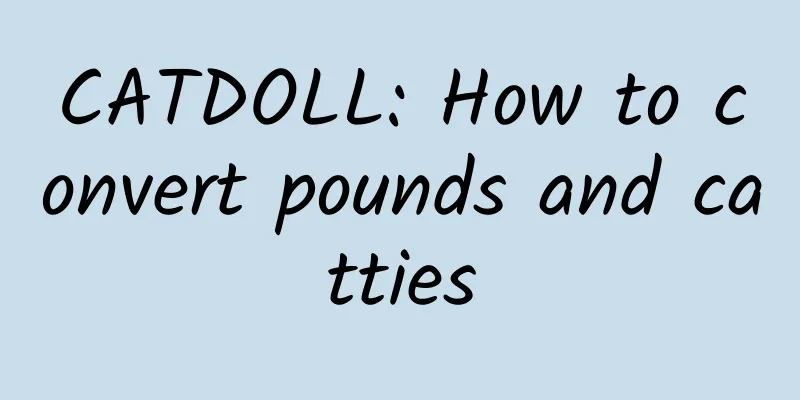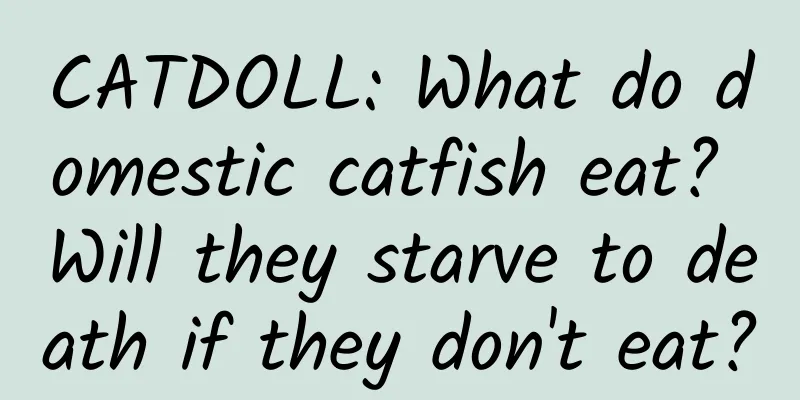CATDOLL : CATDOLL: What to do if a red parrot has enteritis
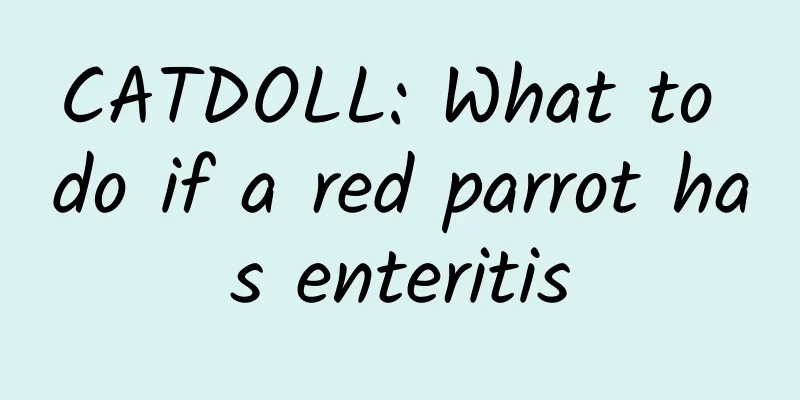
|
Causes of parrot fish enteritis: (1) Unclean or sharp food can cut the intestines and allow bacteria to invade and cause infection. (2) Improper feeding or feeding too many or too few meals, and irregular food intake. (3) Infection by intestinal parasites etc. are the key factors that cause enteritis. It is precisely because the causes of parrot fish enteritis are different that the types of enteritis caused are also different. Common ones include: enteritis caused by bacterial infection, enteritis caused by internal parasites, enteritis caused by excessive changes in water quality, and enteritis caused by indigestion. Different types of enteritis have different symptoms, and the methods required to treat this common disease of parrot fish are also different. symptom: 1. Enteritis caused by bacterial infection: In addition to blackening, fin shrinkage and clumping, the characteristic of enteritis in parrot fish is abdominal distension. It is easy to die in enteritis. The feces are mostly purulent white feces, and there are also dragging feces. 2. Enteritis caused by internal parasites: This type of enteritis is one of the manifestations of enteritis in parrot fish, and it is usually difficult to distinguish it from internal parasites. The eyes, body color, and demeanor are almost the same as those of internal parasites. It can only be distinguished from appetite and feces. Fish with internal parasites have no loss of appetite, while those with enteritis mostly lose their appetite or refuse to eat. The feces of internal parasites are usually hollow or segmented white feces, while fish with enteritis rarely have feces, or have pus-like white feces. 3. Enteritis caused by excessive changes in water quality: The symptoms of this type of enteritis fish are black body color, shrinking fins, and clumping. The feces are mostly dragging feces, which can be up to about 10 cm long. 4. Enteritis caused by indigestion: This type of parrot fish enteritis shows anorexia or refusal to eat. The fish is dull, sometimes with darkening or blackening of the body color. Most of the time, the fish is isolated from the group and faces the wall. The feces are mostly loose or purulent white feces. treat: 1. Enteritis caused by bacterial infection: This type of enteritis is difficult to treat. If the body color does not change, you can use norfloxacin for bathing. 4 to 6 tablets per 100 liters of water. Bath for 3 to 6 days, and stop the medicine and change the water when the abdominal distension disappears. Fasting is required during the bath. The body color turns black with shrinking fins. For tail rot, you can first use oxytetracycline copper sulfate and salt to reduce inflammation. Adding norfloxacin at the same time is also possible. The better way is to mix oxytetracycline or norfloxacin into hamburgers and feed them when the fish can still eat. The effect is faster. Take it once a day for three consecutive days. Or stop the medicine when you see pus-like white stools. The dosage is one tablet per kilogram of hamburgers. 2. Enteritis caused by internal parasites: This type of enteritis is relatively stubborn and needs to be taken seriously, otherwise it is easy to threaten the life of the parrot fish. Generally, the treatment of parrot fish enteritis caused by internal parasites is mainly deworming. Since it is caused by internal parasites, curing the internal parasites will solve the problem of enteritis. Dual treatment is the key. Now there are many drugs with dual effects that can treat internal parasites and enteritis, but everyone must choose the right medicine bottle. Commonly used drugs for treating enteritis are as follows. A. Treatment with metronidazole and sulfaquinone: It is suitable for enteritis caused by small parasites in fish, which is manifested by solid white or draggy feces in parrot fish. Generally, metronidazole and sulfaquinone are more effective. Take 4 to 6 tablets per 100 liters of water. Soak for three days. Or stop taking the medicine and change the water when you see a lot of white feces discharged. You can also use the intestinal worm clearing medicine for bathing. Each tablet is 800 liters of water. Note: One tablet here refers to two and a half tablets. Because the two tablets of intestinal worm clearing have different medicinal properties. One of them is a buffer. Many fish lovers don’t understand this, and many of them are poisoned as a result. Soak for three days or stop taking the medicine and change the water after a lot of white feces are discharged. The above two drugs have no temperature requirements. B. Treatment with levamisole hydrochloride and chlorphenguanidine tablets: It is suitable for enteritis caused by large worms. Generally, there are many finished drugs for killing large worms, but they are expensive. Here we recommend the use of veterinary drugs, levamisole hydrochloride and chlorphenguanidine tablets. 4 to 6 tablets per 100 liters of water for three days. Or stop taking the medicine and change the water when you see the worms discharged. There is no requirement for temperature. It is important to take out the worms immediately when you see them to avoid secondary infection caused by being eaten by other fish. 3. Enteritis caused by water quality changes: This type of enteritis almost does not require treatment. It can be cured by adjusting the water quality and resting for a few days. In fact, if you want parrot fish to be healthy, the key is still water quality. Good water produces good fish. This is an eternal law. 4. Enteritis caused by indigestion: The treatment is relatively simple. Furazolidone can cure it. 4 to 6 tablets per 100 liters of water, bathing for three days. Or if the appetite and stool are normal, you can stop taking the medicine and change the water. If you want to effectively avoid the problem of enteritis in parrot fish, you must provide the fish with suitable water quality, change the water regularly, and pay attention to feeding at regular times and quantities. Never feed a lot at one time and a small amount at the next meal. This is not only not conducive to the growth of parrot fish, but also very likely to cause enteritis. Also, when feeding small fish, shrimps or earthworms, you must pay attention to disinfection, and remove the head and tail of the shrimp and cut it off before feeding. This can not only avoid scratching the intestines of parrot fish, but also reduce problems such as parasitism. |
<<: CATDOLL: Can the single-striped catfish be bred artificially?
>>: CATDOLL: What are the differences between Basa fish and Longli fish?
Recommend
CATDOLL: Top 10 Profitable Aquaculture (Good Project for Rural Entrepreneurship)
1. Aquaculture barrels, can you make money from b...
CATDOLL: Is it easy to keep bees? How to keep them?
Is it easy to keep bees? How to keep them? Bees a...
CATDOLL: How to start raising pigs? What to do if you don’t have breeding pigs?
Understand the preparations before raising pigs P...
CATDOLL: How many kilograms of seeds can one acre of golden cicada produce?
1. What is the yield of cicadas per acre from pea...
CATDOLL: How to raise alligator snapping turtles and what should you pay attention to when raising them?
How to raise alligator snapping turtles and what ...
CATDOLL: Why does the arrival of bees indicate that the whole family will have a sweet and happy life in the whole year?
1. Why does the arrival of bees indicate that the...
CATDOLL: What is the difference between large partitions and small partitions for keeping bees?
What is the difference between large partitions a...
CATDOLL: What is the best food for fireflies? (Picture of What is the best food for fireflies)
1. How to raise fireflies? 1. The feeder can be m...
CATDOLL: Detailed information about gar
More information about gar The gar, also known as...
CATDOLL: What conditions are needed to artificially breed fireflies? (What conditions are needed to artificially breed fireflies?)
1. How to breed black fireflies 1. Breeding equip...
CATDOLL: How to raise newly born mealworm larvae?
1) Seed worms The most important thing in raising...
CATDOLL: What is the current wholesale price of stone snails? Is there anyone buying in bulk? I buy a thousand to several hundred kilograms a day.
What is the current wholesale price of stone snai...
CATDOLL: Taihu whitebait was once introduced to 21 provinces, so why does no one dare to raise it now?
Taihu whitebait was once introduced to 21 provinc...
CATDOLL: How to raise grasshoppers at home?
Grasshopper family breeding: 1. Site selection It...
CATDOLL: Catching crabs (how to catch crabs, telling you five ways to catch crabs)
Summary: [ Catching Crabs ] It is almost the crab...
